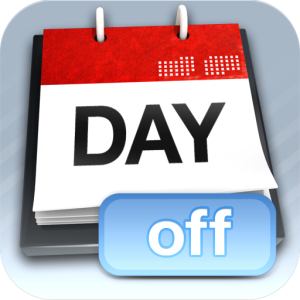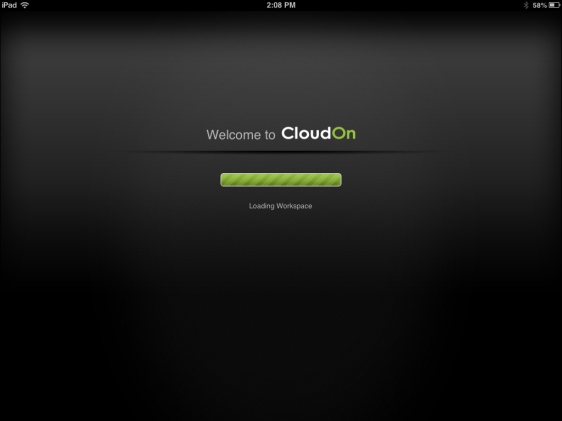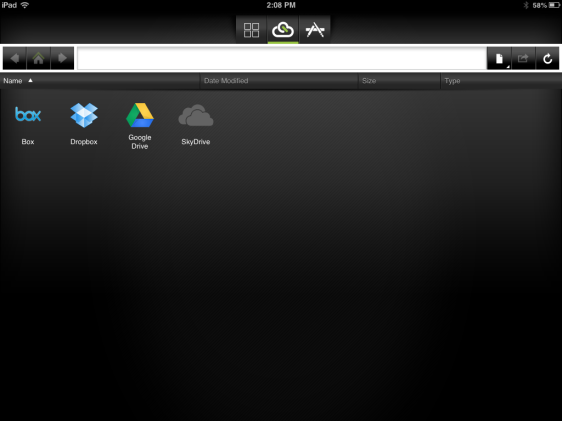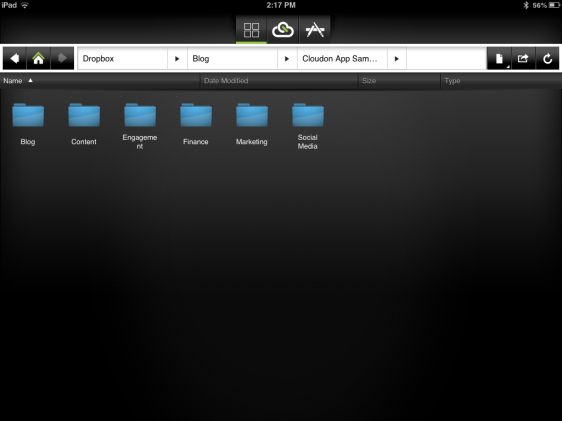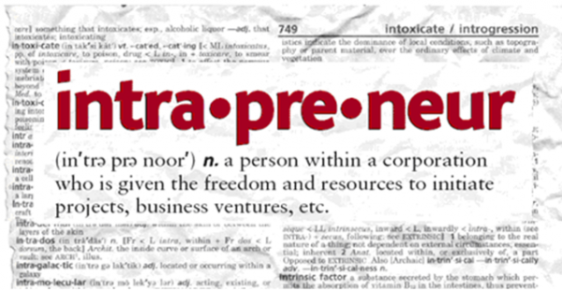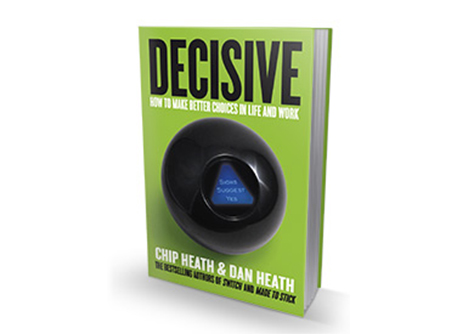I frequently end up working 7 days a week. Not because i’m inefficient but because i’m really passionate and engaged with my projects. I also have a bad habit of taking a lot of things on at once. (who doesn’t?)
Awhile ago, I tried making one day a week a work-free zone. After trying it out for a few weeks, I noticed that it simply didn’t work for me. Mostly because something always came up at the last minute. It’s hard to designate one day to pure relaxation when you have so many interesting and engaging projects to get to.
I decided to take yesterday off from work completely and it was awesome. When I woke up yesterday realizing that the only thing I had to do was write a blog post was amazing. Having this big block of unscheduled time actually gave me a pretty big sense of relief. No one to see. No obligations or responsibilities that needed my immediate attention.
I took a long walk down the street I live and realized that it had been ages since i’d done that. I invited friends over for dinner and spent the rest of the evening reading the new Dan Brown book.
This morning, I feel relaxed, recharged and ready to get back to it.
So I recommend that today, close your laptop, turn off your phone, cancel any plans you don’t really want to go to and enjoy the day. Take a walk outside in the fresh air and revel in the relaxation that a day off will give you.
The Pinstriped Suit has moved! Check out the new website!
